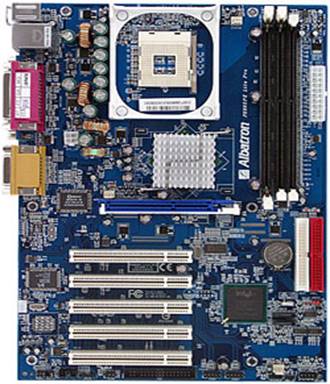
№ 4 Lesson plan
|
Top |
3 groups |
|
Date of the lesson |
|
Subject: Informatics
Topic of the lesson: PC peripherals.
The purpose of the lesson:
Education Development of students' knowledge, literacy, mental agility on the topic of PC peripherals
Educational: formation to be inspired by flexibility
Development: increasing students' interest in thinking skills
Type of lesson (mixed, learning new knowledge, search lesson) (underline as needed)
Type of lesson: learning a new lesson (theoretical, practical, laboratory) (underline as needed)
Teaching methods: information development approach
Interdisciplinary communication: programming languages, mathematics, English
Visual aids: computer
References: В. B. Simonovich "Informatics basic course"
"Office 97 Book of Answers" Peter. 2001 Microsoft Word Text Editor Peter. 2001 OC Windows 98, 2000, XP Peter. 2001 V.A. Kaimin "Fundamentals of Computer Technology" Shafrin. "Fundamentals of Computer Technology" "World Wide Web" Peter. 2001 V.A. Kaymin t. b. "Fundamentals of Computer Science and Computer Engineering"
Reading guide for students in grades 10-11. Moscow. Enlightenment 1989
В. P. Leontiev "Personal Computer" "Microsoft Access" Peter. 2000
The course and content of the lesson
1. Organizational stage
a) organizational stage
b) request for homework
c) evaluation
d) a new lesson
e) approval
e) homework
g) conclusion
When the bell rings and the lesson starts, I start the lesson by organizing the children.
2. Homework check:
3. Announce the topic, purpose of the new lesson, write a report
PC peripherals.
IBM PCs usually consist of three parts (blocks)
• From the system unit;
• A keyboard and mouse that allow you to enter characters into a computer;
• From a monitor (or display) for displaying textual and graphical information.

Figure 1.5. Basic devices that are part of a computer
Computers are available in a portable version - usually a "notebook" (laptop), sometimes - a "lever" (laptop).
The most "important" of these parts of the computer is the system unit. It contains all the main nodes of the computer:
1. Motherboard
2. BIOS
3. Processor and memory
4. System loop
5.  Disk drives
Disk drives
6. Multimedia and communication devices
Motherboard
When working on a computer, all data is processed by the motherboard or system board. A motherboard is a complex multilayer printed circuit board that connects all the components of a computer. The motherboard is lined with a network of copper conductors, through which data is sent to the slots on which the chips and other computer devices built into the board are connected. Each device can be connected to a specific slot.
The Basic Input Output System (BIOS) is a set of I / O programs that organize the interaction between computer devices. The BIOS is considered both as a hardware and as a software module of the operating system.
The computer's BIOS is implemented in the form of a chip installed on the system board.
On older systems, the ROM installed the BIOS chip. Modern computers use a flash memory chip to store the BIOS. They allow you to rewrite information up to tens of thousands of times for one component. This allows you to easily convert old services or add new services to support connected devices. To modify the BIOS, a special utility (program) supplied with the system board is used.
The BIOS includes:
· CMOS RAM is a memory that stores information about system time and computer logic.
· CMOS-memory is characterized by low power consumption, energy independence, powered by a component battery. The amount of CMOS RAM can be changed using the Setup program included in the BIOS. You can access this program by holding down the DEL key during the initial boot of the computer
 You can
read more about the BIOS installed on your computer in the motherboard
description.
You can
read more about the BIOS installed on your computer in the motherboard
description.
4. Approval of new material
To do this, I end the lesson by asking students a few questions from the new lesson.
5. Summarize the lesson
Development of new material, analysis and assessment of students' knowledge.
6. Homework assignment: make examples using the tables above.
Teacher ______________ U.Sh.Alikulov
Chairman of the PCC __________ K.K. Убаев
Материалы на данной страницы взяты из открытых источников либо размещены пользователем в соответствии с договором-офертой сайта. Вы можете сообщить о нарушении.